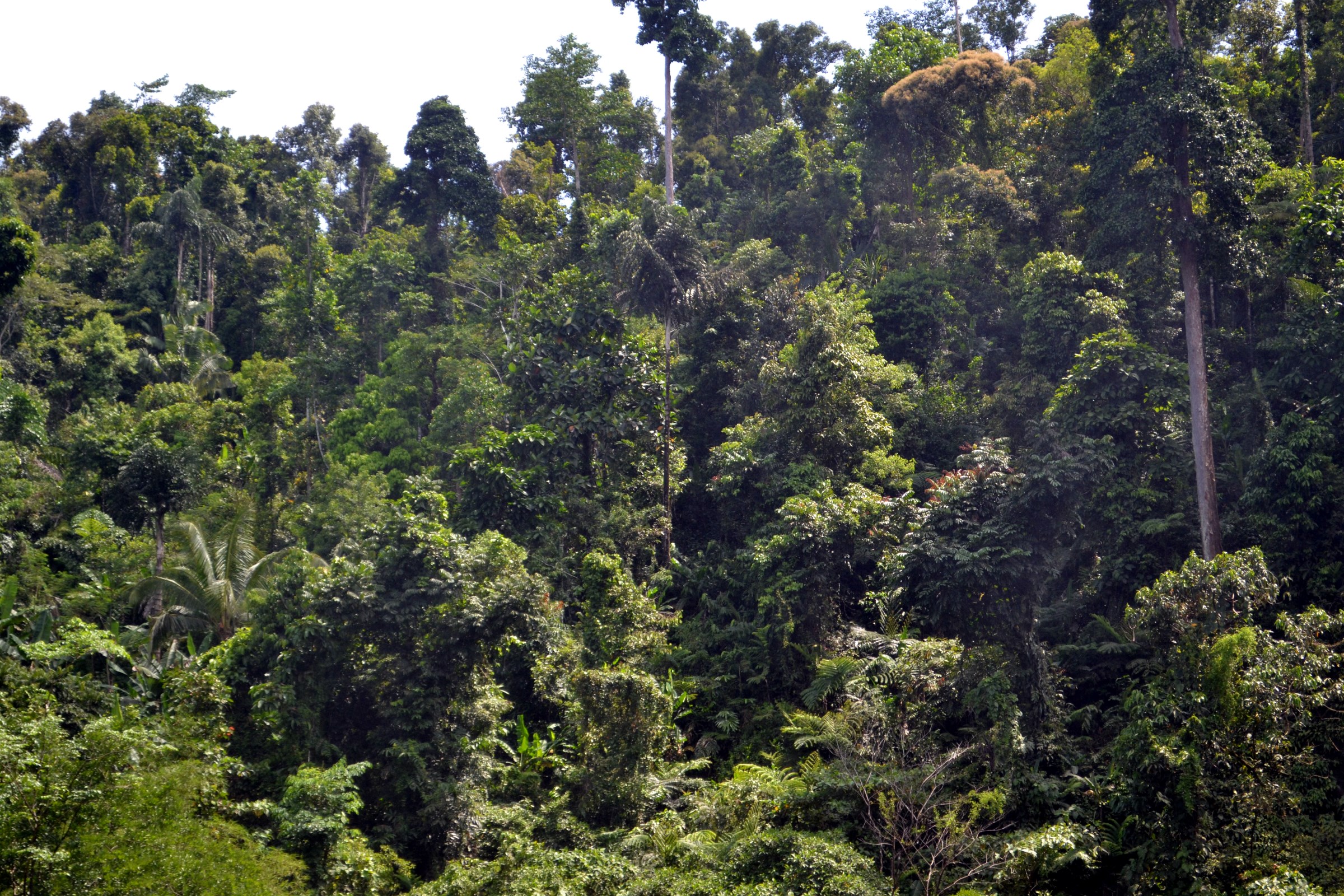Text and Photos by Henrylito D. Tacio
If Filipinos do not watch it, the country might be devoid of its forest cover soon.
At the fifth ASEAN Plus Three Junior Science Odyssey held at the University of the Philippines Los Baños in Laguna in 2016, Rodel Castro was quoted as saying: “There’s only a little time left. Your generation will inherit this problem (on climate change) and it is, indeed, your generation that will have to wrestle and seek solutions to this problem.”
“We have lost most of our forest of old over the past 50 years and, along with them, many of the ecological services they provide,” deplores Peter Walpole, executive director of the Environmental Science for Social Change (ESSC).
In 1934, forests comprised more than half (54%) of the country’s total land area of 30 million hectares. In 2010, the forest cover had gone down to 23% or about 6.8 million hectares, according to a report compiled by the Senate Economic Planning Office (SEPO).
Based on the 2010 satellite images released by the National Mapping and Resource Information Authority (NAMRIA), open forests accounted for 68% (4.595 million hectares) of the country’s total forest cover, 28% are closed forests while the rest are mangroves.
Most of the remaining mangroves can be found in the Autonomous Region in Muslim Mindanao.
Caraga Region has the highest total forest cover in Mindanao, with 683,112 hectares. Davao Region is closely trailed with 428,716 hectares. The rest of the regions: Northern Mindanao (377,858 hectares), ARMM (301,894 hectares), and Zamboanga Peninsula (176,918 hectares).
“Where have all our forests gone?” asked Jethro P. Adang, director of the Davao-based Mindanao Baptist Rural Life Center (MBRLC). “Why are we losing our trees at a very fast rate?”
Some experts believe logging operations, legal and otherwise, are mowing down the country’s remaining forest cover. Over the past 50 years, 400 logging companies have operated in the country, reports the Environmental Science for Social Change.
The Rev. Peter Walpole, a Jesuit priest who heads the environmental group, said the Philippines “trusted” logging companies to cut down trees and manage the forest. “But they did a very bad job,” he decried. “That started the problem that we have now.”
Environmentalist and wildlife photographer Jose Ma. Lorenzo Tan, in an article he wrote for a national daily, reported that when Ferdinand Marcos came to power, “serious deforestation began.”
Before Marcos became president, there were only 58 companies issued with timber licenses; it swelled to 412 during his presidency. “Forests were decimated at an astonishing rate of 300,000 hectares per year,” Tan deplores.



In 1989, the government imposed a lumber export ban in an effort to save the country’s forests from uncontrolled illegal logging. The following year, the ban was quietly lifted but was reinstated after loud criticism.
But despite this, logging continues. The Department of Environment and Natural Resources (DENR), the lead agency responsible for the country’s natural resources and ecosystems, is virtually powerless against logging.
Aside from logging, other causes of deforestation in the Philippines are forest fires, slash-and-burn farming (locally known as kaingin), mining operations, geothermal explorations, dam construction and operation, and land development projects such as the construction of subdivision, industrial estates, and commercial sites.
Volcanic eruptions have also devastated some of the country’s forests. Ditto for typhoons, which have devastated considerable hectares of forest cover. Look what Yolanda and Odette had done.
The country’s surging population – currently totaled 86.6 million – has also contributed to the problem. At least a fourth of the total population live in the upland areas, where most trees are located.
“They (the uplanders) denude forests and turn them into kaingin farms,” wrote Vicente Tirol in a report for the Center for Media Freedom and Responsibility. “When the thin topsoil of the mountain slopes can no longer support their crops, they move on, denuding more forests.”
As a consequence of the continuous removal of forest cover, particularly those in the uplands, the Philippines now experienced different environmental problems.
“Most of these were not seen in such intensity and magnitude before our time,” Adang deplored. “The signs cry out for immediate, nationwide attention.”
Among the serious consequences of the continuous removal of forest cover are soil erosion and water shortage. Siltation, caused by erosion, shortens the productive life spans of dams and reservoirs.
Deforestation also threatens the country’s wildlife resources. “At the rate our forests are depleted, many wildlife species may no longer be there when we need them,” argued Samuel Penafiel, former director of the DENR’s Protected Areas and Wildlife Bureau.
Deforestation has also altered the climatic condition in the country. Periods of drought have become more common and extensive in the dry season, while floods have prevailed in the rainy months.
Where have all our forests gone?

